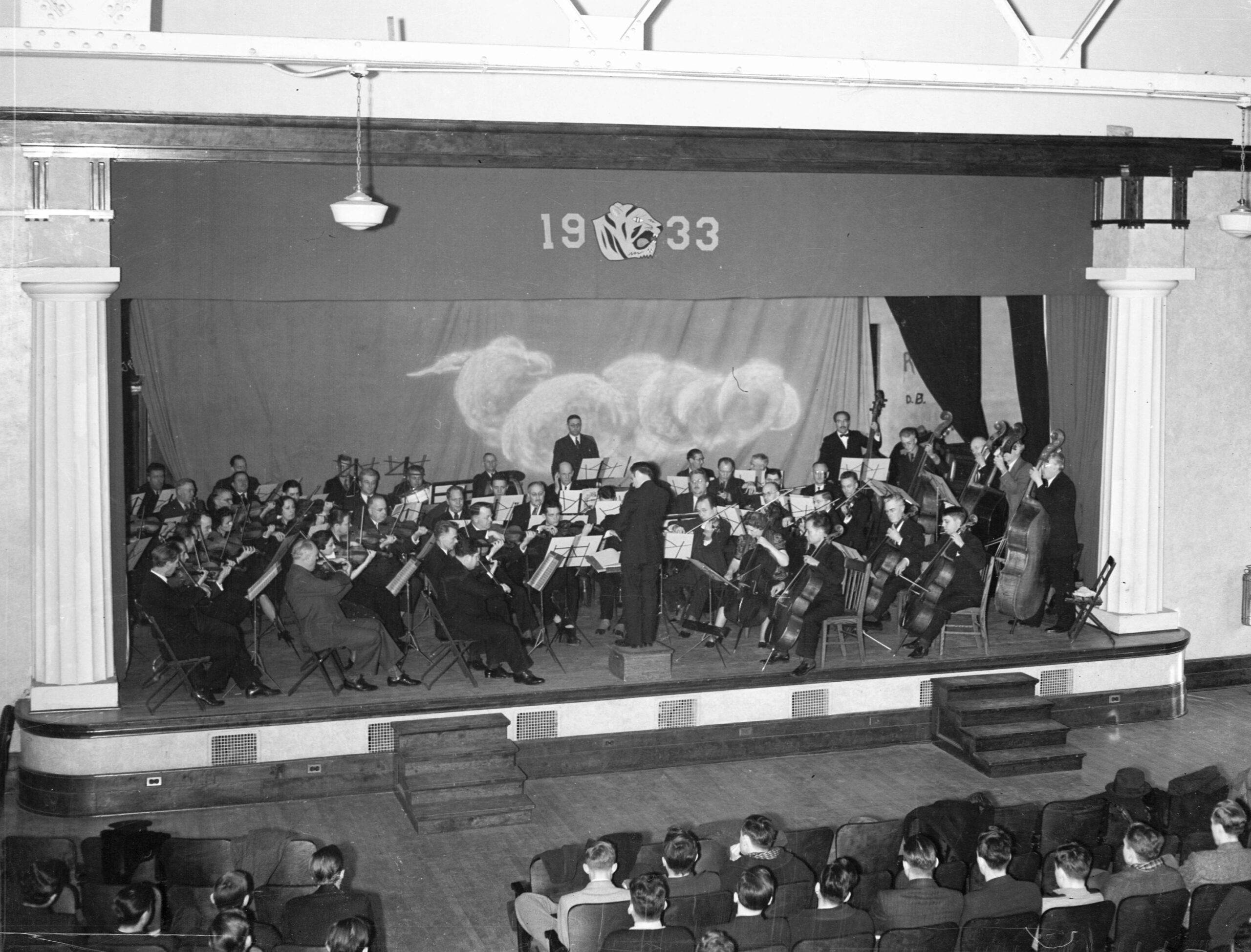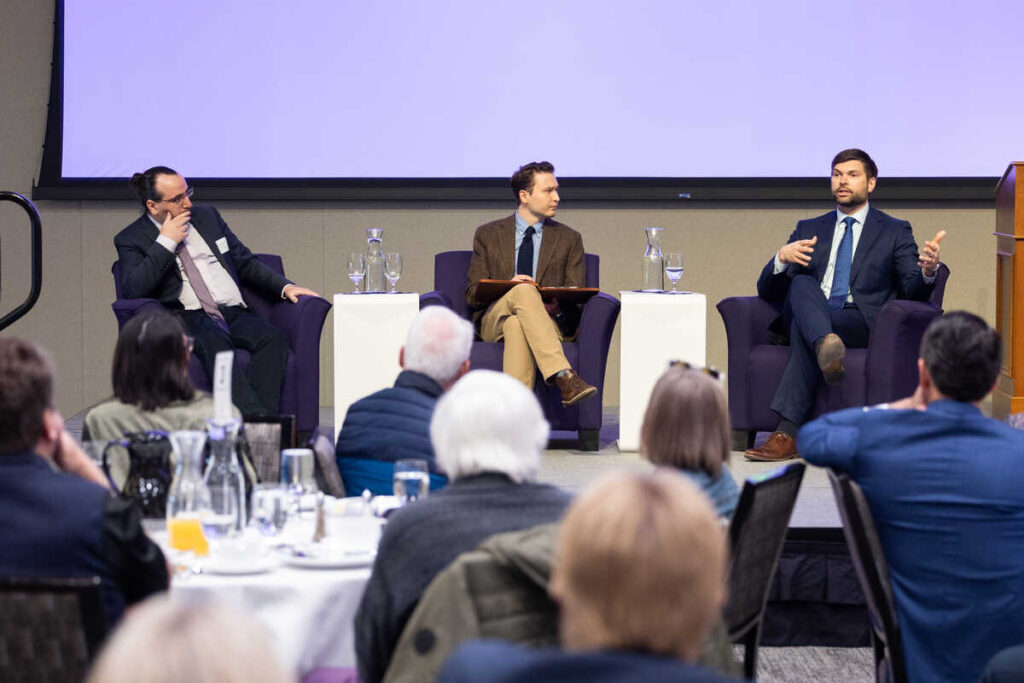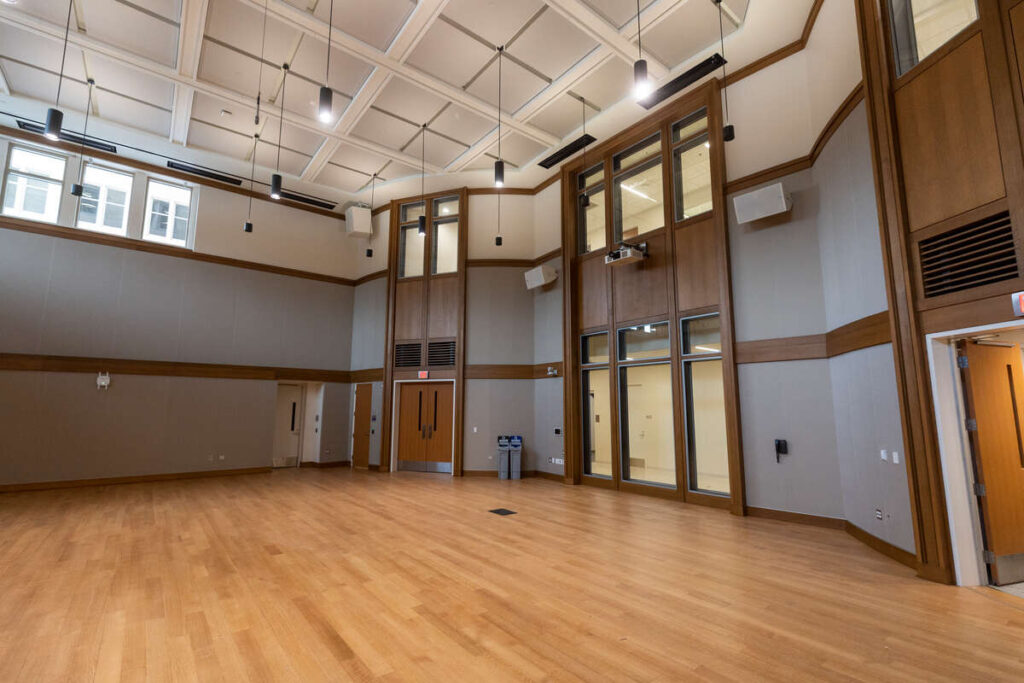As the first group of students take classes in the Schoenecker Center, a state-of-the-art facility designed to foster creativity and innovation, take a nostalgic journey through the history of homes for the arts and sciences on the St. Thomas campus.
In 1903, the Class Building emerged as a cornerstone for academic pursuits, featuring a cutting-edge (for the time) laboratory equipped with “all the necessary apparatus and chemicals for comprehensive courses in Physics and Chemistry.” These laboratories moved into the Science Building in 1912 when the former dormitory building was repurposed following the construction of Ireland Hall.
The laboratories remained in the Science Building until 1948 when Albertus Magnus Hall (now known as the John R. Roach Center for the Liberal Arts) opened. Dubbed a “Shrine for Science,” its construction emphasized the critical role of science and technology during World War II, highlighting the necessity for rigorous scientific training. This building remained the nucleus for science education on campus until 1997 when the Frey Science and Engineering Center opened.
Today, labs at the 130,000-square-foot Schoenecker Center range from science labs to the Blattner Robotics Lab and an emerging media newsroom.
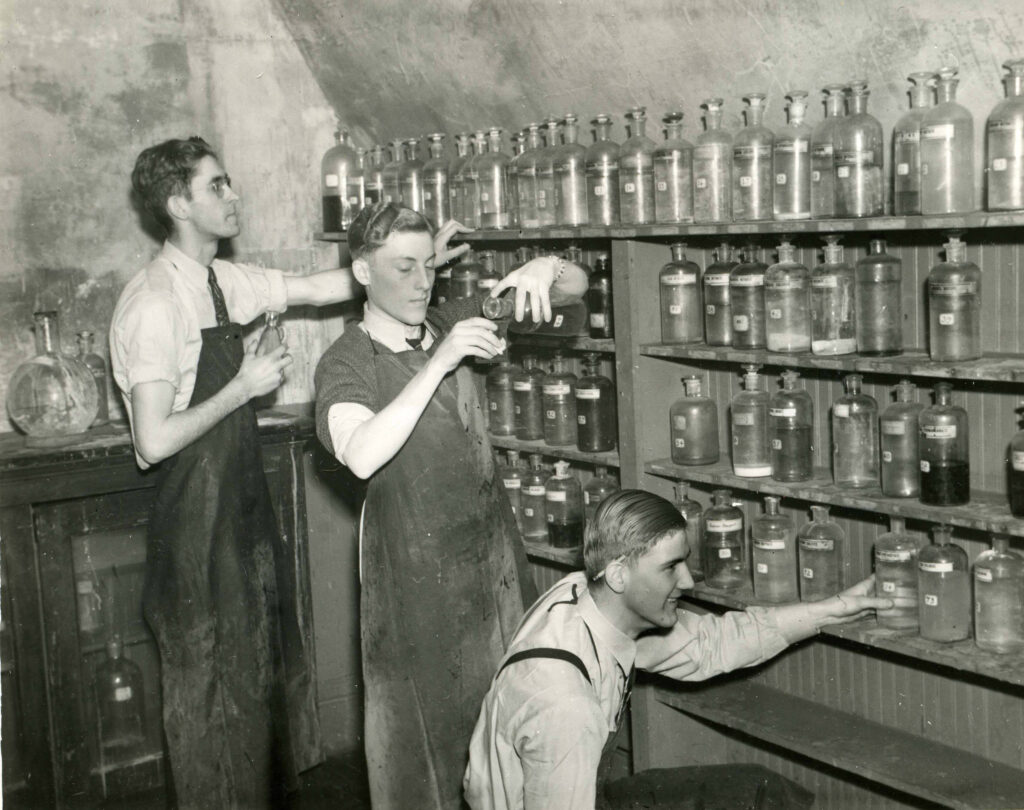
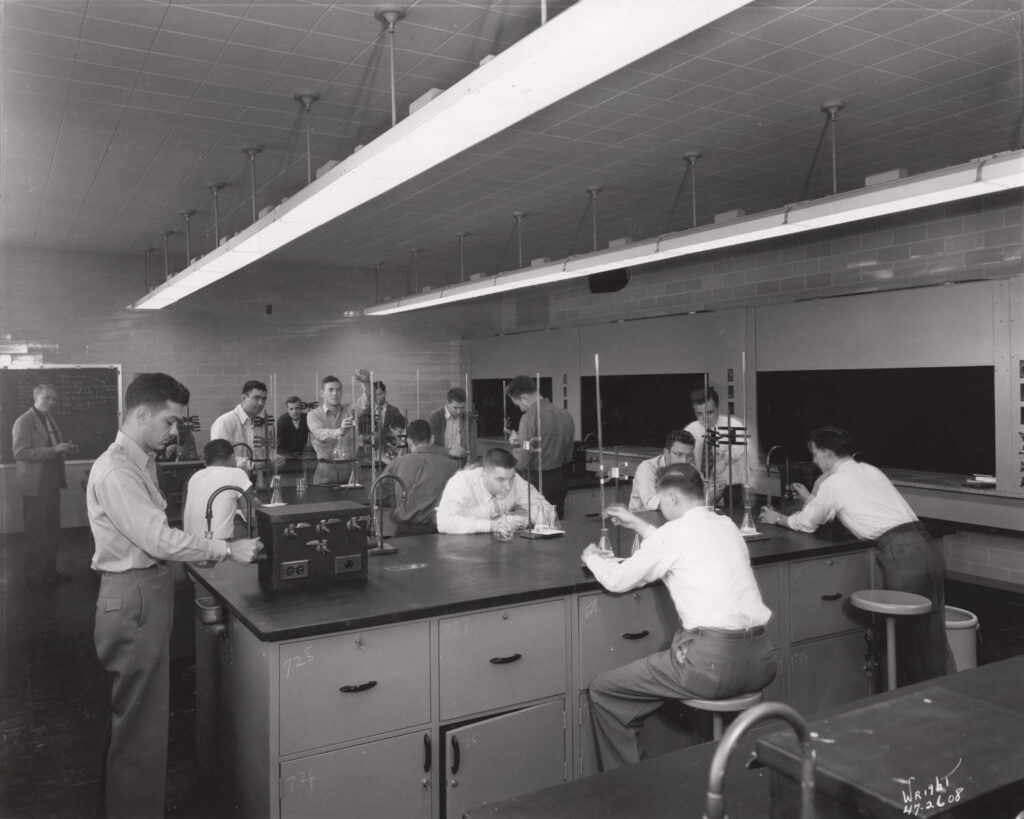
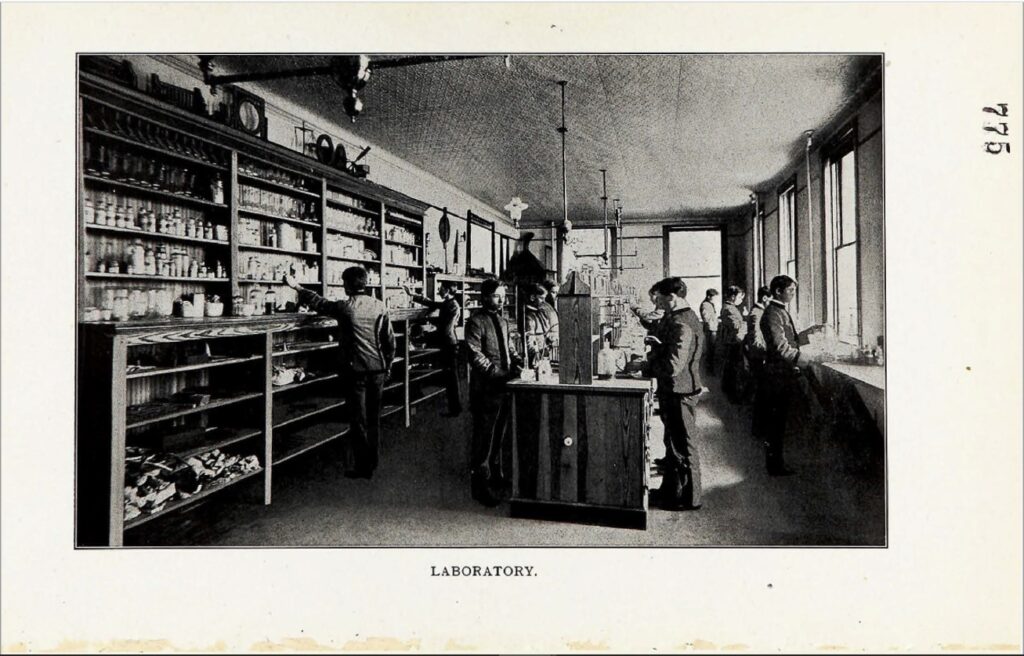
The earliest cultural hub for St. Thomas’ musical and theatrical performances was Foley Theater. Constructed in 1914 as part of the school’s Armory, the building housed a 900-seat auditorium. Significant remodeling transformed the auditorium in 1958. But it continued to be used as a performance space for theatrical productions until 2008 when the building was torn down to make way for the Anderson Athletic and Recreation Complex.
The choral rehearsal and performance space at the Schoenecker Center features a flexible design that allows students and community partners to repurpose the space for events such as robotics team presentations and guest speakers. The center’s two-level instrumental rehearsal space and storage is uniquely designed to be viewed from inside the building up above on the main level and outside from Summit Avenue through large windows.
As we enjoy the Schoenecker Center’s permanent art gallery that features rotating displays, it is worth noting that campus art gallery spaces have traversed various locations over the years. Post-World War II, Aquinas Hall’s Room 111 became the venue for student art shows and traveling exhibits. Following the opening of the O’Shaughnessy Library in 1959, its gallery space became a showcase for several exhibits. In the 1960s, Murray Hall’s third-floor lounge emerged as the go-to spot for displays of paintings and sculptures.
Throughout these transitions, these spaces have played a pivotal role in shaping the artistic and scientific landscape of our campus. The Schoenecker Center now stands as a testament to the university’s unwavering commitment to providing an innovative environment that fosters creativity while honoring the rich history of arts and sciences at St. Thomas.
More Tales from the Archives
-
Tales from the Archives: Christmas Choral Music at St. Thomas
People & Culture -
Tales from the Archives: Football Coach Ed Rogers
People & Culture -
Tales from the Archives: Lights, Camera, St. Thomas
People & Culture -
Tales from the Archives: Early Days of Computing at St. Thomas
Quotes from the Quad
